Doinker Platinum Estremo
Stiffness (6/10) 6.3mm deflection
Cost £195 (approx)
Weight (10/10) 4.9 grams/inch
Length (10/10) Available in 28.5”, 31.5”, 34.5”
Finish (10/10) As with all Doinker equipment, the use of state-of-the- art CNC machinery and high grade finishing means the rods are flawlessly presented.
General The Doinker Platinum Estremo rods use some the highest grade carbon fibre available to offer high levels of stiffness at an extremely small diameter. To put this into perspective, they are roughly the same stiffness as the Carbofast Black-x rods with the same height as a Sebastian Flute Elite rod (a flat stabiliser). However, carbon fibre of this grade does not come cheap, and this is reflected in the price tag of close to £200. The Platinum Estremo rods are beautifully made and are unbelievably stiff, slim and light. They are also very well equipped and come complete with six ounces of weight and a fully adjustable rubber damper. Just make sure you can still afford your tournament entry.
DS-Archery Vibex
Stiffness (10/10) 3.5mm deflection
Cost £120 (approx)
Weight (5/10) 7 grams/inch
Length (8/10) Available in 28, 30, 33 and 36”.
Finish As with the RV-1, the Vibex has a really nice finish. These rods are also available with black bushings for archers who want a stealthy look.
General The Vibex is a very robust stabiliser and was easily the stiffest rod in this comparison. It is also very nicely made and represents great value compared to some of the other stabilisers in this test. The weight system is the same innovative system seen in the RV-1. The only real downside I can see with these rods is the very large outer diameter could cause problems in strong winds. For outdoor use, I would love to see a rod with this weight system but with a much smaller outer diameter for cutting through the wind. The drag reduction would easily make up for a slight loss in stiffness caused by the smaller diameter.
Fuse Carbon Blade ES
Stiffness (8/10) Testing the stiffness of these rods was a bit more tricky than with a regular stabiliser because the horizontal and vertical stiffness were different. 2.2mm deflection (horizontal) 10mm deflection (vertical) 6.1mm (average).
Cost £160 (approx)
Weight (4/10) 7.2 grams/inch
Length (3/10) 30″, 33″
Finish (9/10) The Fuse Carbon blade ES rods have a somewhat “marmite” effect on archers; you either love them or hate them. Either way, you cannot deny they are very nicely finished. The anodising and lacquer are both super high quality. The dimples (designed to reduce drag) add some interesting details and the logos are really funky.
General The manufacturers claim that the fuse carbon blade cuts down wind deflection by upto 70% compared to a regular long rod. Unfortunately I couldn’t come up with a way to test this claim in the real world. The dimples are supposed to act like those on a golf ball to further reduce wind drag. My issue with this theory is a golf ball weights around 45 grams, travels at speeds upto 200mph and covers over 300 yards. A typical bow weights 6-7lbs and has to deal with winds around 15mph.
The problem with having such an awkward shape is you are forced to use the Fuse weights, which are very expensive and tricky to fit (Fuse have a range of seven different bolts, and you have to select the correct one based on the amount of weight you use). While these rods are sure to find a niche with archers who like to incorporate as much technology as possible, for me the drawbacks of the rods’ weight and awkwardness of shape are a big a price to pay for most club archers.
Sebastian Flute Elite
Stiffness (3/10) 4.9mm horizontal deflection 12.7mm vertical deflection 8.8mm (average deflection)
Cost £90 (approx)
Weight (6/10) 6.1 grams/inch
Lengths (8/10) Available in 26, 28, 30 and 32″
Finish (5/10) The carbon fibre of the Sebastian Flute rod has a nice satin effect twill carbon finish, but the bushings had a rough, almost chalk board like texture that I found marks fairly easily.
General This was my least favorite rod in the test. This is similar to Fuse Blade ES rod, but aimed at a lower price point it’s not as stiff or with the same kind of finish. There are some great rods available in this price bracket (such as the RV1 reviewed last issue), that make great alternatives to blade-type rods, although if you do
have your heart set on blades, these are much more affordable than the Fuse set.
Summary
I have put together a table comparing cost and overall score of each rod in the test. My personal two picks would be the DS- Archery RV-1 (which is a fantastic rod and awesome value at around £100) and the Doinker Platinum Estremo (the overall highest scoring rod on test, but also the most expensive).
Overall, all of the rods on test are designed as premium products and are more than capable of performing at the highest levels. Which one you end up choosing depends on personal preference and your budget. Whichever rod you choose, make sure you try as many different length and weight configurations as possible, as ultimately these two factors will have a far greater impact on your score than any other factors.


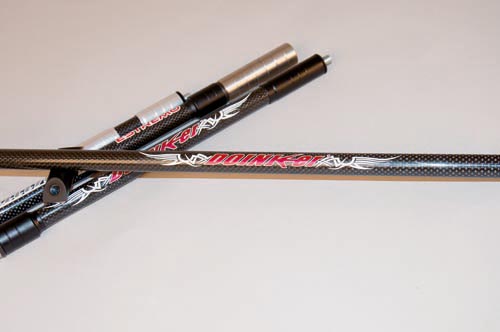
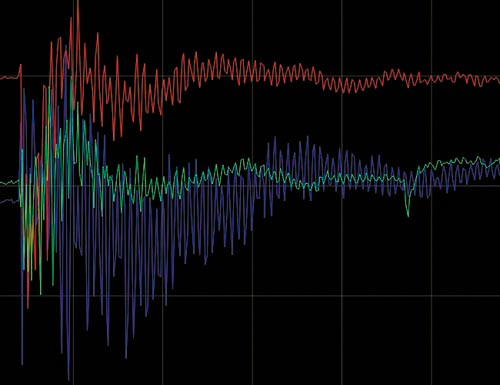
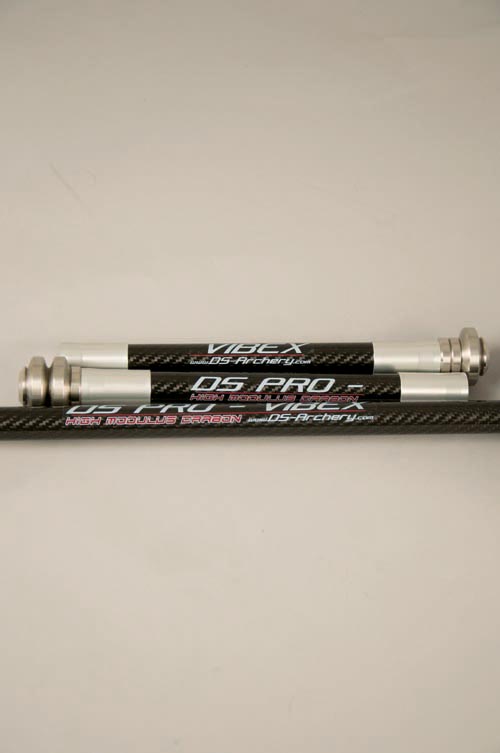
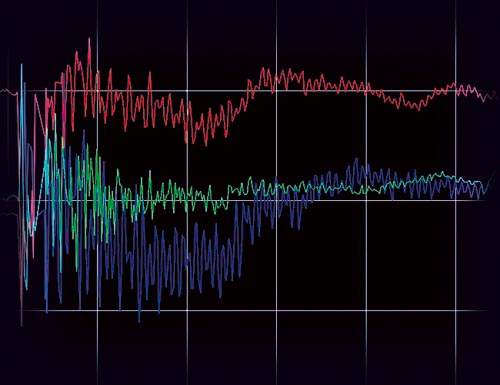
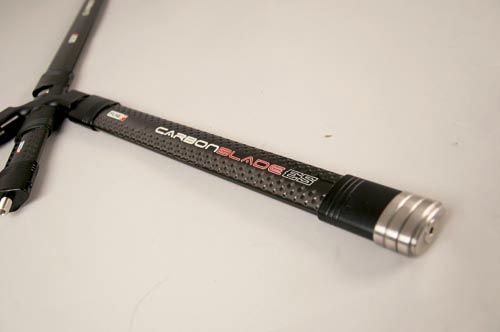
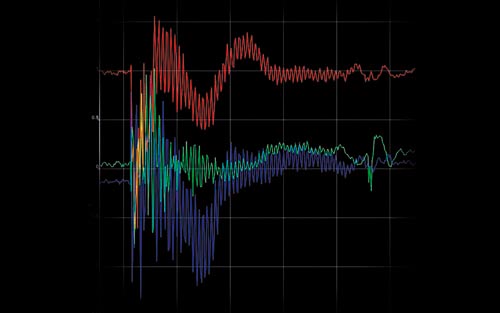
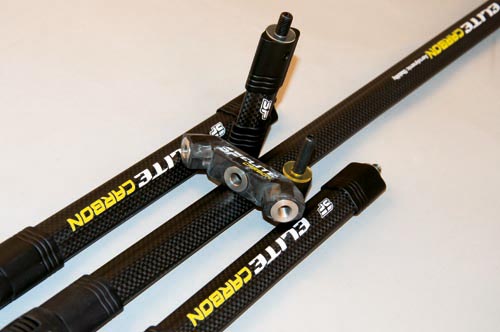
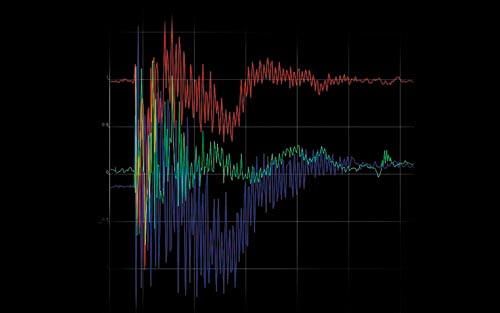
Great review that casts a critical eye on what is normally treated as magic. This allows straight forward comparison across a broad range of manufacturers. Thanks
Great reviews. This really helped me in choosing my first long rod. After doing my homework I had narrowed it down to a few, including the Fuse, but the Fuse blade is completely out of the picture now after reading that! Very helpful. Useful reviews like that are priceless
I have a set of Fuse rods which I can’t compare to anything else because they are all I ever tried. However, I have discovered that when the wind blows there are a number elements that it blows against, the smallest being the stabilisers, next the bow, and the largest is the archer. If I were to guess (with a rough calculation added in) at the relative effect of wind on these elements i get this: archer 88%, bow 10%, rods 2%. Ok, there is still the force that twists us around which will be different, but I think the point is made: reducing wind drag on the rods is reducing almost nothing to almost nothing!!